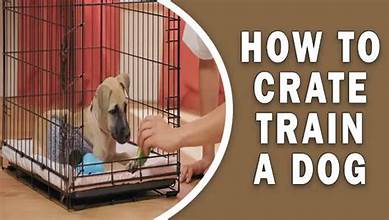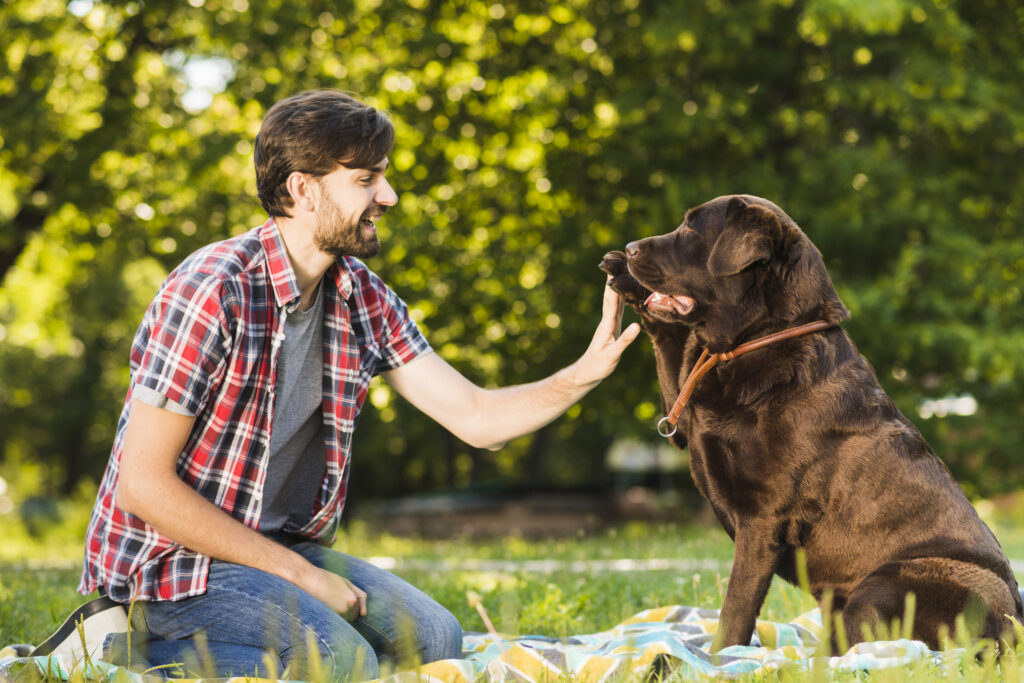How to Crate Train Your Dog: A Step-by-Step Guide

Crate training is an essential part of raising a well-behaved dog. It not only provides your furry friend with a safe and comfortable space but also helps in housebreaking and reducing anxiety. If you’re wondering how to crate train your dog effectively, this guide will take you through each step while ensuring a stress-free experience for both you and your pet.
Why Crate Training is Important
Crate training offers multiple benefits, including:
- Creating a safe haven: Dogs are naturally den animals and enjoy having a space of their own.
- Easing potty training: A crate can help establish a structured routine for bathroom breaks.
- Preventing destructive behavior: A crate keeps your dog from chewing on furniture or household items when unsupervised.
- Helping with separation anxiety: A properly trained dog sees the crate as a comfortable retreat rather than a place of punishment.

How to Crate Train Your Dog: Step-by-Step Guide
Step 1: Choose the Right Crate
Selecting the correct crate size is crucial. The crate should be spacious enough for your dog to stand, turn around, and lie down comfortably but not too large that they can use one corner as a bathroom. Wire crates, plastic kennels, and soft-sided crates all have their pros and cons, so choose one that suits your dog’s needs and temperament.
Step 2: Introduce the Crate Positively
- Place the crate in a quiet, comfortable area of your home.
- Keep the door open and let your dog explore it at their own pace.
- Use treats and toys to encourage your dog to enter the crate voluntarily.
- Avoid forcing them inside, as this can create negative associations.
Step 3: Establish a Crate Routine
A proper puppy crate training schedule is essential for successful training. Start by:
- Feeding meals inside the crate to associate it with positive experiences.
- Encouraging short crate sessions of 5-10 minutes and gradually increasing the duration.
- Using a consistent cue word like “crate time” to signal it’s time to go in.
- Rewarding calm behavior with treats and praise.

Step 4: Crate Training Your Puppy for Potty Training
One of the most common reasons pet owners crate train their puppies is to help with housebreaking. Here’s how to crate train a puppy for potty training:
- Take your puppy outside to eliminate immediately after they wake up, after meals, and before bedtime.
- If they don’t go, bring them back inside the crate for a short period before trying again.
- Never use the crate as punishment for accidents, as this can create fear and resistance.
- Be consistent, patient, and use positive reinforcement to encourage good bathroom habits.
Step 5: Puppy Crate Training at Night
Nighttime crate training requires patience and consistency. Follow these tips:
- Place the crate near your bed so your puppy feels secure.
- Avoid giving them water an hour before bedtime to minimize nighttime potty breaks.
- If your puppy whines, check if they need to relieve themselves, but avoid excessive comforting.
- Maintain a calm and quiet atmosphere when taking them out at night to reinforce bedtime habits.
Step 6: Gradually Increase Crate Time
Once your dog is comfortable in their crate:
- Start leaving them in the crate while you run short errands.
- Use interactive toys like a stuffed Kong to keep them engaged.
- Observe their behavior using a pet camera if needed to monitor their reaction when alone.

Step 7: Transition to Longer Periods
Over time, your dog will begin seeing the crate as a safe space, allowing you to:
- Leave them alone for extended periods (3-4 hours for puppies, up to 6-8 hours for adult dogs).
- Keep the crate door open so they can voluntarily go in and out.
- Ensure crate time remains a positive experience.
How Long Does It Take to Crate Train a Puppy?
Every dog is different, but typically:
- Young puppies may take a few weeks to a couple of months to be fully crate trained.
- Adult dogs with no prior crate experience may require a bit more time and patience.
- Consistency and positive reinforcement are key factors in determining how quickly your dog adapts.
Common Crate Training Mistakes to Avoid
- Using the crate as punishment: This will create negative associations and make training more difficult.
- Leaving the dog crated for too long: Puppies shouldn’t be crated for more than a few hours at a time.
- Skipping exercise: Ensure your dog gets plenty of playtime and exercise before crate time.
- Rushing the process: Crate training should be a gradual and positive experience.
Final Thoughts
Crate training is one of the most effective ways to provide structure, comfort, and security for your dog. By following this step-by-step guide and maintaining patience and consistency, you’ll successfully train your puppy or adult dog to love their crate. Whether it’s for potty training, nighttime routines, or creating a safe haven, a properly trained dog will see their crate as a cozy retreat rather than confinement.
